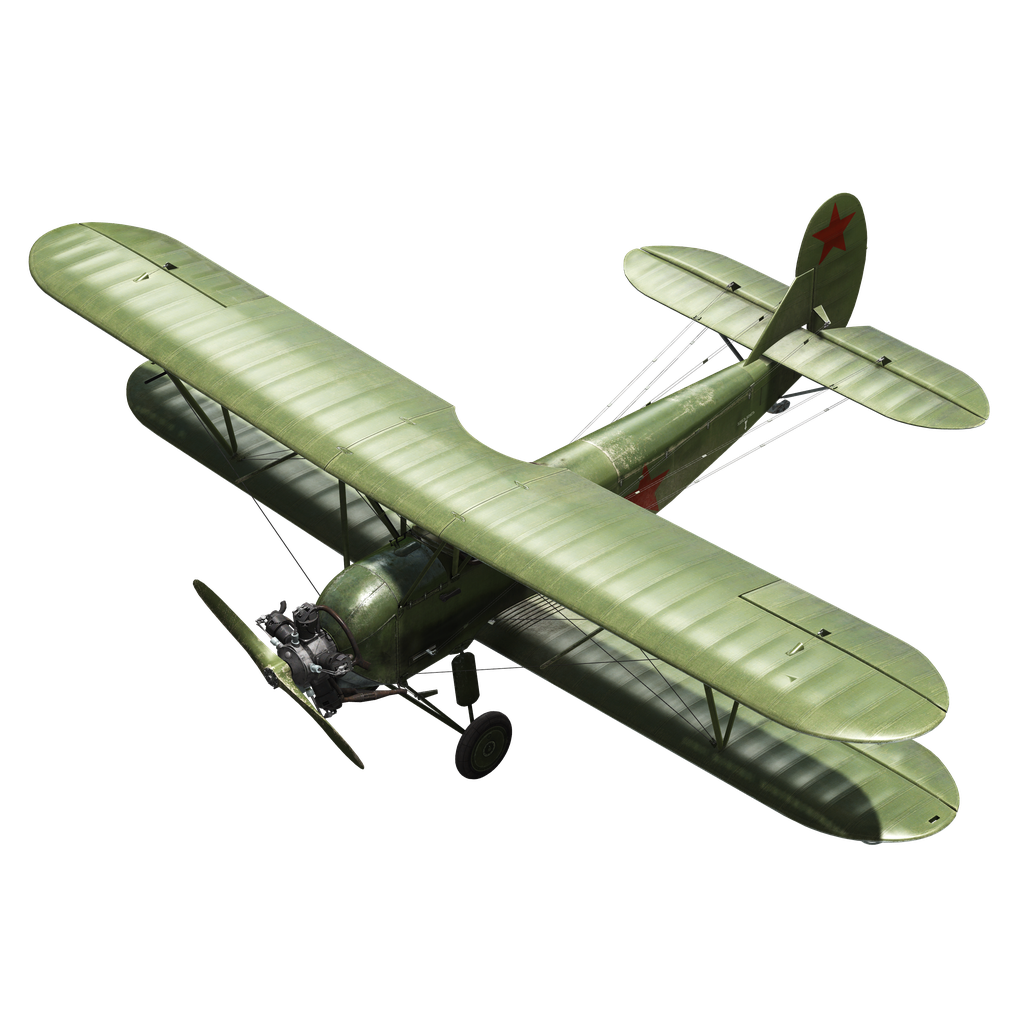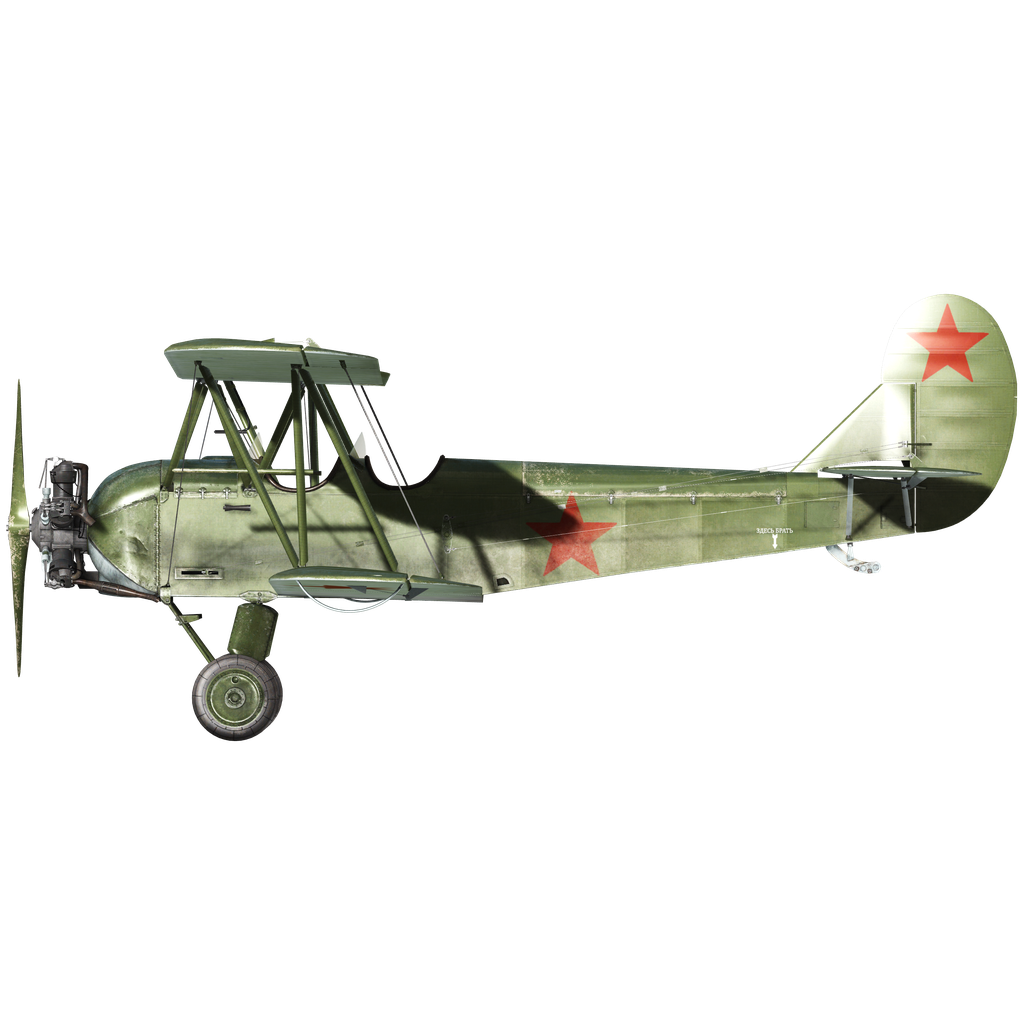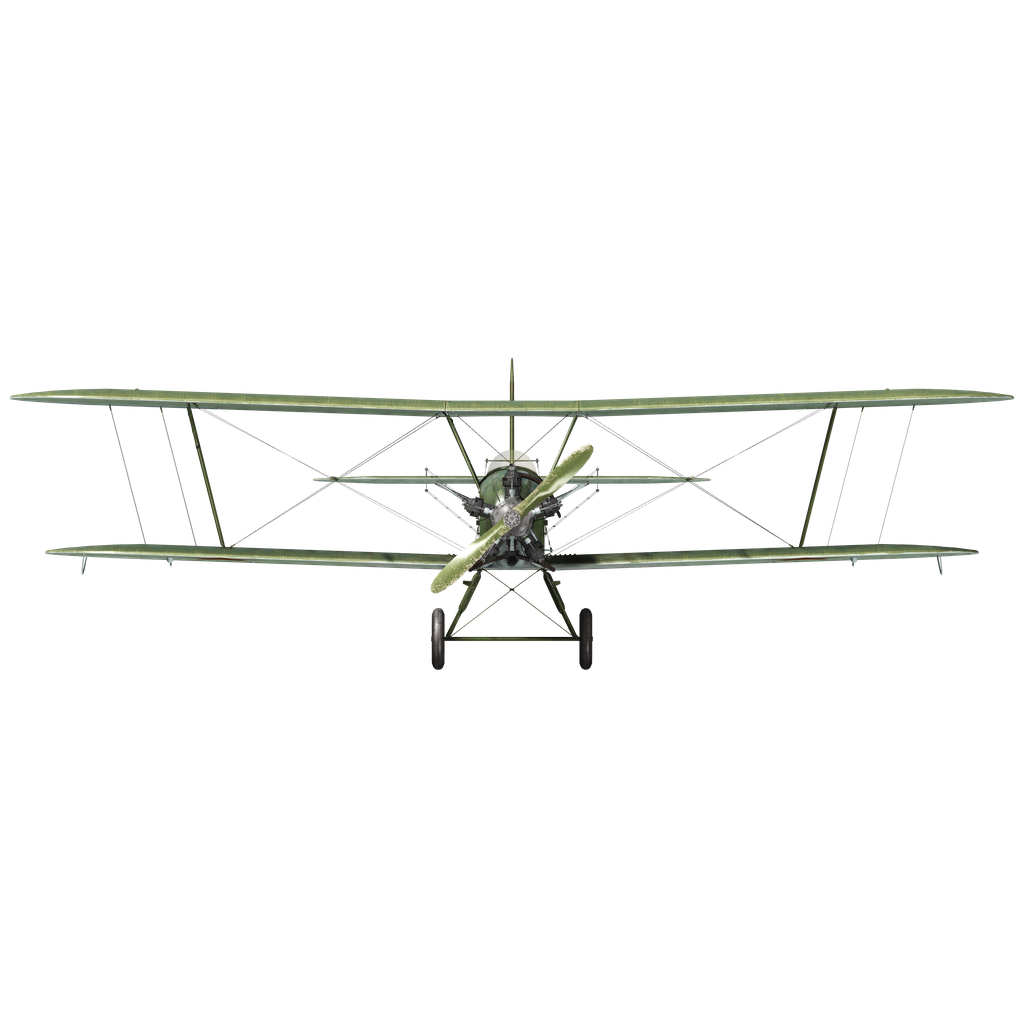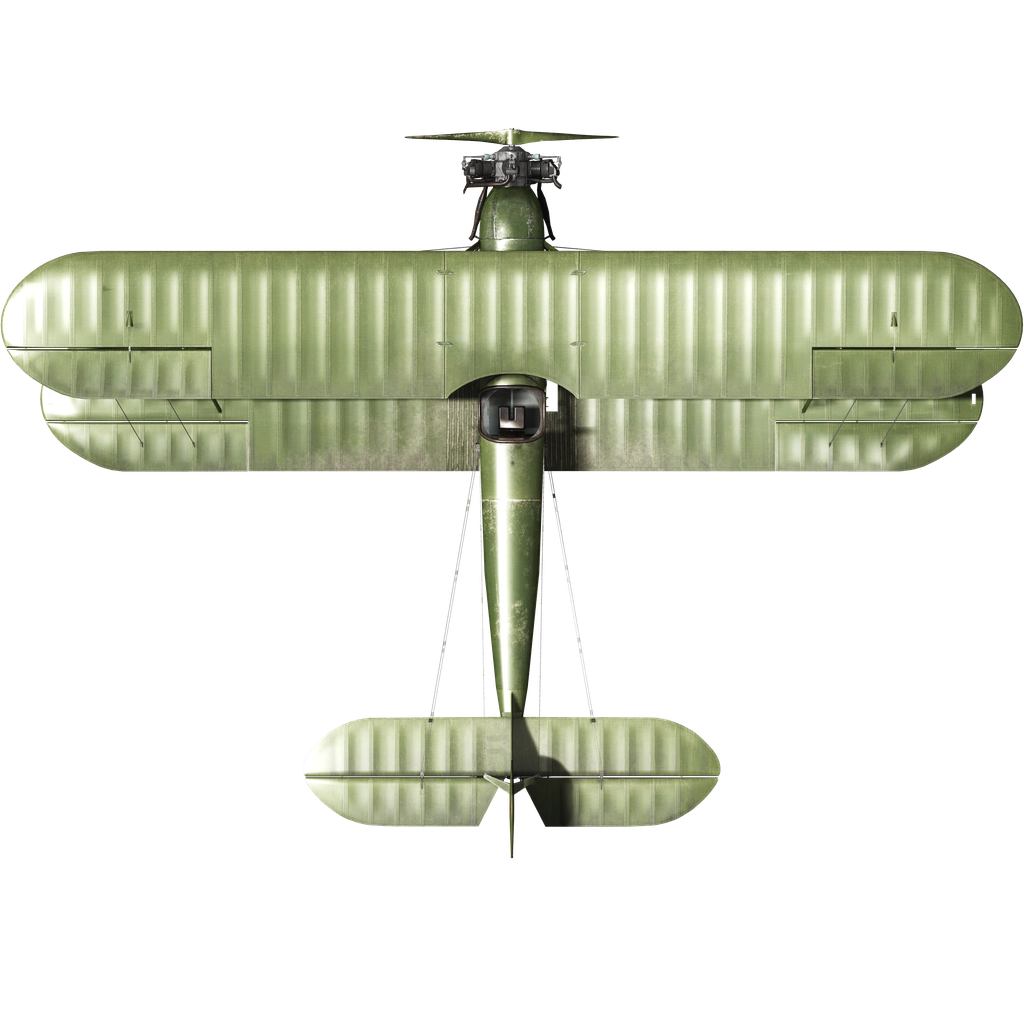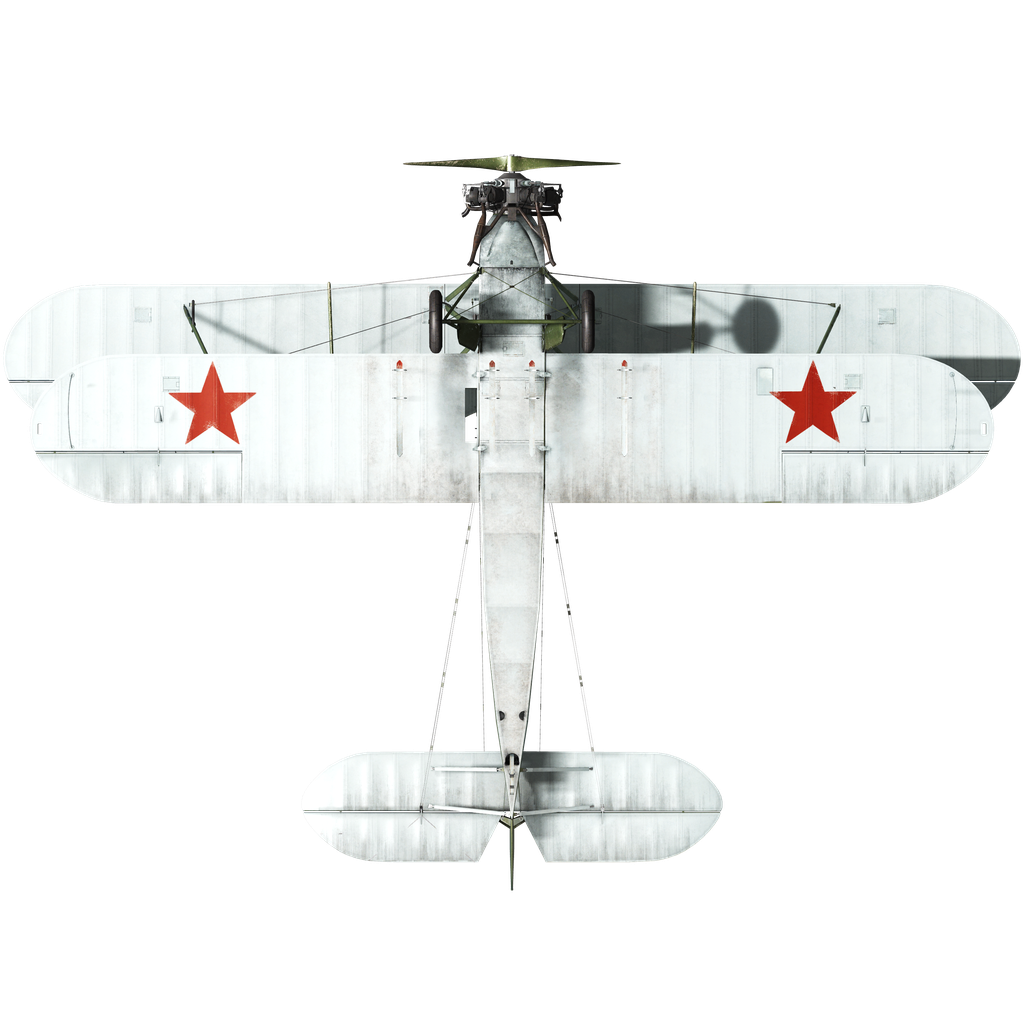Developed under the leadership of N.N. Polikarpov and renamed Po-2 after his death in 1944, the U-2, which made its first flight on January 7, 1928, was designed for the initial training of pilots. Its design was simple, but it had outstanding flight characteristics — easy to control, difficult to enter and easy to recover from a spin, predictable behavior at high angles of attack and low landing speed. The U-2 was easy to fly, and accidents could only happen for unwarranted reasons. More than a generation of future aces of the Red Army Air Force trained on it. The aircraft was so successful that it was used for training, communications, light transport, agriculture, passenger transport, etc., up to the famous night bomber of the Great Patriotic War. Movies were made about it, books were written about it, its fame crossed all borders. In 1941, a military modification of the U-2VS was introduced, designed to perform the tasks of a multipurpose light bomber, primarily a night bomber.
The U-2VS was a biplane with an air-cooled engine. The structure was made of pine and plywood with fabric covering, and the components were made of light metal. Beginning in 1942, in order to conserve materials, the wing tips, tail units, and landing gear fairings were made of wood and plywood, and the engine cowlings of sheet metal. In mid-1943, a new instrument panel was introduced with an attitude indicator, navigation lights were fitted, and a landing light was installed.
The star-shaped, air-cooled M-11D engine had a takeoff power of 125 hp and developed 105 hp at an altitude of 1000 m. Most of the aircraft were equipped with factory-made (or partially home-made) exhaust shrouds.
The armament included a defensive turret machine gun of rifle caliber, and sometimes a second one was fitted in a fixed position on top of the right wing panel — it was fed from an ammunition box installed in the fuselage. The aircraft could carry six 50 kg bombs or three 100 kg bombs.
With good horizontal maneuverability and low speed, the U-2VS was an extremely difficult target for enemy fighters at low altitude, which explains its relatively high combat survivability. When used as a night bomber, the U-2VS was difficult to detect above 5,000 feet (1,500 m), and with exhaust shrouds installed, at altitudes above 5,000-6,000 feet (700-800 m).
The low speed also made it possible to increase bombing accuracy. As one participant in the Battle of Stalingrad recalled: "Not a single modern night bomber can be given the kind of missions that the U-2 is given. They are given the task of bombing a house - a specific house, not to the left or the right, but exactly the one where the Germans are holed up. They are given the task of bombing the German half of the block, while the other half is in our hands. And with their low speed, with their ideal bombing target, they do the job... they bomb this particular house."
The famous "Night Witches" of the all-female 46th Guards Night Bomber Aviation Regiment flew the U-2VS.
Used sources:
V. Shavrov “History of aircraft designs in the USSR 1938-1950.” 1988
V. Shavrov “History of aircraft designs in the USSR until 1938” 1985
Materials from the site airwar.ru
Materials from the site life.ru
